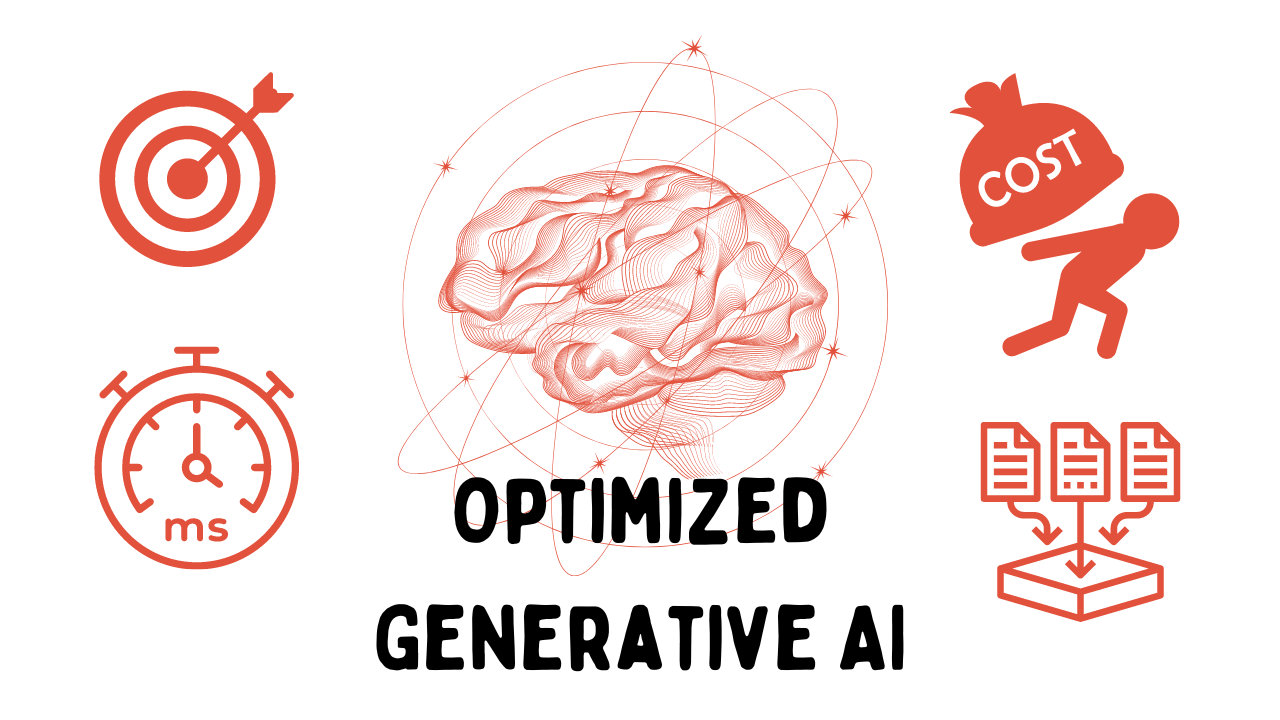Optimizing Generative AI: A Guide to GKE Infrastructure for RAG Capabilities
 Vijayabalan Balakrishnan
Vijayabalan Balakrishnan
Introduction
In the rapidly evolving landscape of AI, the integration of generative AI models with Retrieval-Augmented Generation (RAG) capabilities offers a powerful approach to enhance the accuracy and relevance of generated content. This article provides a detailed guide on designing infrastructure for a RAG-capable generative AI application using Google Kubernetes Engine (GKE) in Google Cloud. We will explore common challenges and their solutions, along with a practical use case to demonstrate the application.
Understanding RAG and Its Importance
What is RAG?
RAG (Retrieval-Augmented Generation) combines the strengths of retrieval-based models and generative models. It retrieves relevant information from a knowledge base and augments this data to generate more accurate and contextually relevant responses.
Importance of RAG in AI Applications
RAG enhances the capabilities of generative AI models by:
Improving response accuracy.
Reducing hallucinations.
Enhancing context-awareness.
Infrastructure Challenges
Problem 1: Scalability
As user demand fluctuates, the infrastructure must scale dynamically to handle varying loads without compromising performance.
Solution: Autoscaling with GKE
GKE's autoscaling feature automatically adjusts the number of nodes in your cluster based on the current load. This ensures that your application can handle peak loads efficiently.
apiVersion: autoscaling/v1
kind: HorizontalPodAutoscaler
metadata:
name: rag-app-autoscaler
spec:
scaleTargetRef:
apiVersion: apps/v1
kind: Deployment
name: rag-app
minReplicas: 1
maxReplicas: 10
targetCPUUtilizationPercentage: 80
Problem 2: Latency
High latency can degrade user experience, making it crucial to optimize response times.
Solution: Geographic Distribution
Deploying GKE clusters in multiple regions reduces latency by serving requests from the nearest location.
gcloud container clusters create rag-cluster-us \
--region us-central1
gcloud container clusters create rag-cluster-eu \
--region europe-west1
Problem 3: Data Management
Managing and accessing large volumes of data efficiently is vital for RAG's performance.
Solution: Google Cloud Storage and BigQuery
Using Google Cloud Storage for unstructured data and BigQuery for structured data ensures efficient data retrieval and management.
from google.cloud import bigquery
client = bigquery.Client()
query = """
SELECT * FROM `project.dataset.table`
WHERE condition
"""
results = client.query(query)
Practical Use Case: AI-Powered Customer Support
Use Case Description
A company wants to implement an AI-powered customer support system that can provide instant, accurate responses to customer queries by leveraging RAG capabilities.
Step-by-Step Solution
Step 1: Set Up GKE Cluster
Create a GKE cluster to host the application.
gcloud container clusters create customer-support-cluster \
--num-nodes=3 \
--region=us-central1
Step 2: Deploy the Generative AI Model
Containerize the generative AI model and deploy it on GKE.
apiVersion: apps/v1
kind: Deployment
metadata:
name: generative-model-deployment
spec:
replicas: 3
selector:
matchLabels:
app: generative-model
template:
metadata:
labels:
app: generative-model
spec:
containers:
- name: generative-model
image: gcr.io/project/generative-model:latest
ports:
- containerPort: 80
Step 3: Implement RAG Components
Integrate retrieval components using Google Cloud Storage and BigQuery.
from google.cloud import storage
client = storage.Client()
bucket = client.get_bucket('knowledge-base-bucket')
blob = bucket.blob('data-file.json')
content = blob.download_as_string()
Step 4: Set Up Autoscaling
Configure autoscaling to handle varying loads.
apiVersion: autoscaling/v1
kind: HorizontalPodAutoscaler
metadata:
name: customer-support-autoscaler
spec:
scaleTargetRef:
apiVersion: apps/v1
kind: Deployment
name: generative-model-deployment
minReplicas: 1
maxReplicas: 10
targetCPUUtilizationPercentage: 75
Step 5: Monitor and Optimize
Use Google Cloud's monitoring tools to keep track of performance and optimize as needed.
gcloud monitoring dashboards create \
--display-name="Customer Support Dashboard" \
--grid-layout=columns=2
Conclusion
Designing infrastructure for a RAG-capable generative AI application using GKE in Google Cloud involves addressing challenges like scalability, latency, and data management. By leveraging GKE's autoscaling, geographic distribution, and Google Cloud's robust data management services, you can build a powerful and efficient AI solution. Implementing a use case such as AI-powered customer support demonstrates the practical application of these principles, ensuring a responsive and reliable user experience.
Subscribe to my newsletter
Read articles from Vijayabalan Balakrishnan directly inside your inbox. Subscribe to the newsletter, and don't miss out.
Written by
